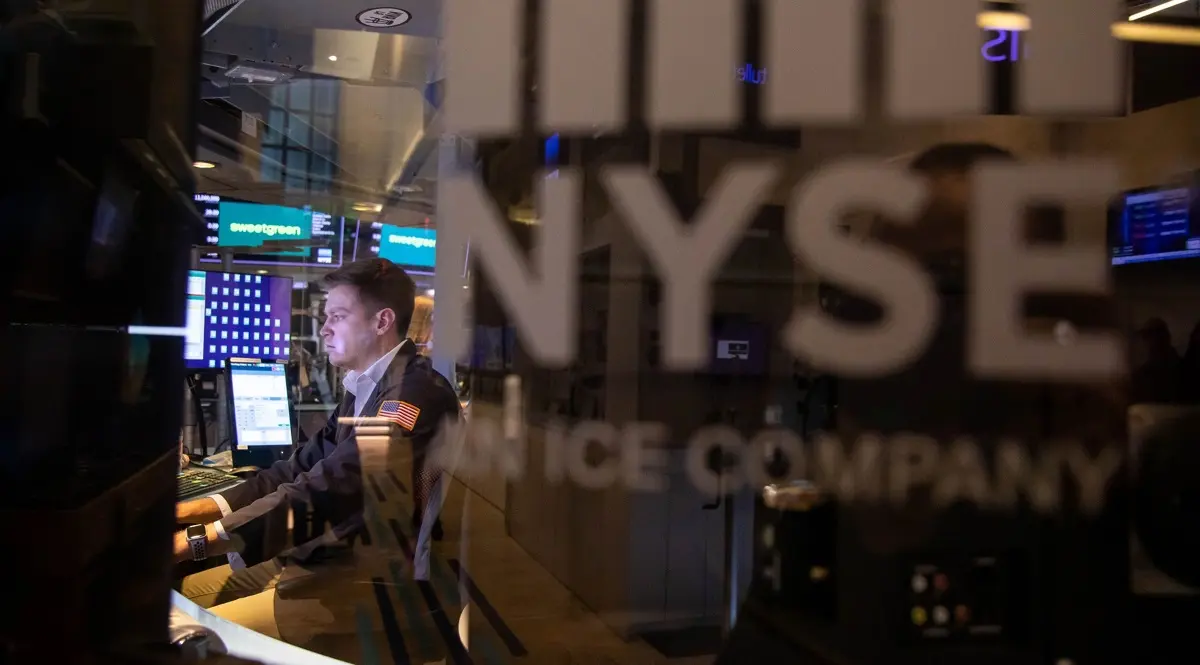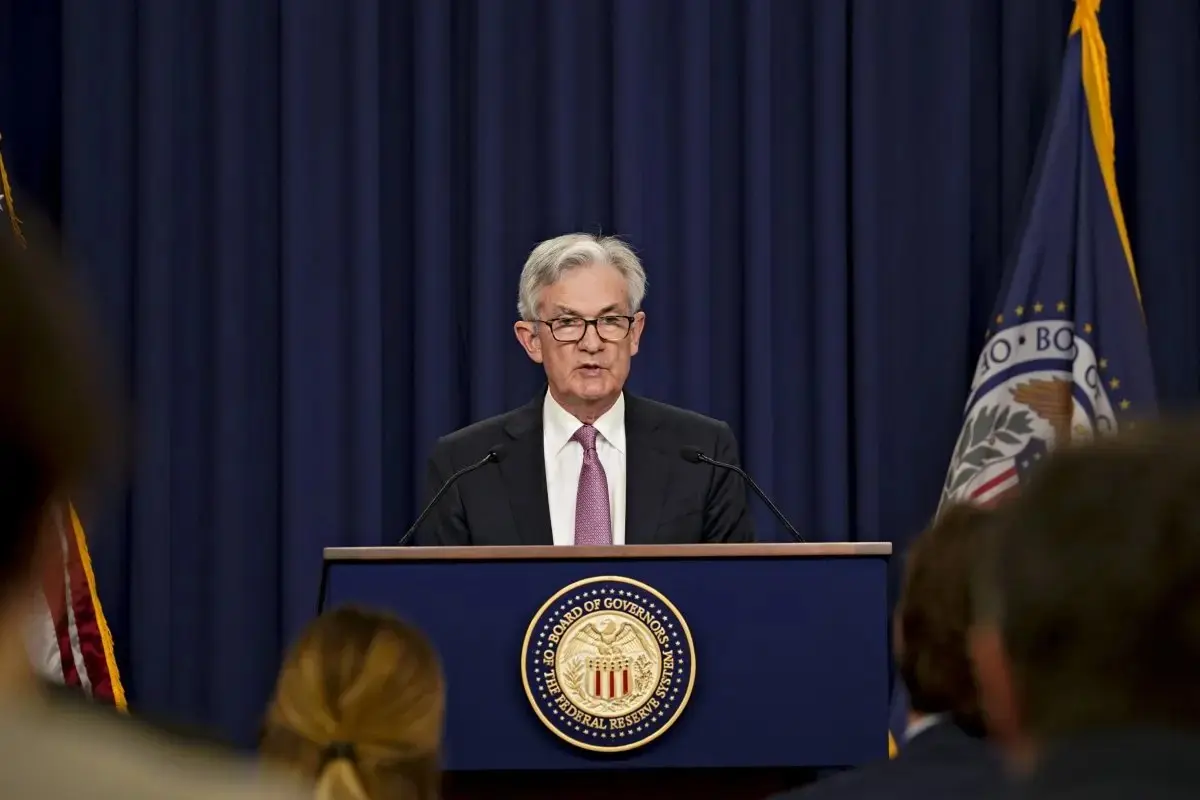Dear Readers,
The current economic situation and expectations have caused great turbulence in the equity markets. It is rather unique as in the past, investors seek shelter in the bond markets but the bond markets are experiencing a similar volatility as well currently.

We have seen the 10-years Treasury Yield in the US spiking to unseen level since the Global Financial Crisis back in 2008. Remember, bond yields and bond prices have an inverse relationship; bond prices move up, yield falls and vice versa (Refer to table below).

In layman terms, it means that the prices of bonds have been falling since the beginning of 2022. This has opened up opportunities for investors in the bond space.
Why Bond Prices have Fallen?
Market expectation of economic slowdown and Monetary Tightening
As global central banks tighten financial condition by raising interest rates to combat inflation, market participants are expecting a slowdown in the global economy. Some may even be talking about a recession in the US as a result of an aggressive FED. As such, bond prices which are sensitive to interest rates have been falling as interest rates rise.
Attractive Entry Point
In view of the recent pullback in prices, this provides investors with the potential for higher total returns. For conservative investors, Singapore Government bonds with a maturity date of less than a year is already yielding close to 3% after fees. In fact this is much more attractive than ALL fixed deposits as the credit ratings for Singapore Government is AAA whereas the three local banks in Singapore are rated AA-, in a nutshell, it means getting more for lesser risks. This is just one example.
Bond Credit Ratings
Bonds can be classified into different groups based on their credit ratings (refer to table below). The two big categories are simply; Investment Grade (IG) and High Yield (HY). For now, I am still advocating investors to buy IG instead of HY for a number of reasons. The key risk to bond investing is always issuers defaulting on their bonds.

Historically, investment-grade bonds witness a low default rate compared to non-investment grade bonds. For example, S&P Global reported that the highest one-year default rate for AAA, AA, A, and BBB-rated bonds (investment-grade bonds) were 0%, 0.38%, 0.39%, and 1.02%, respectively. It can be contrasted with the maximum one-year default rate for BB, B, and CCC/C-rated bonds (non-investment-grade bonds) of 4.22%, 13.84%, and 49.28%, respectively. Therefore, institutional investors generally adhere to a policy of limiting bond investments to only investment-grade bonds due to their historically low default rates.
So, with the uncertain economic backdrop today, I am more inclined to invest in IG names and avoid the HY space.
Credit Fundamentals Healthy for Issuers
Corporate credit metrics such as leverage (debt-to-EBITDA) and interest coverage have improved in the past two years as many companies took advantage of the low interest environment to refinance at a lower rate when the world was hit by Covid. Strong corporate earnings has also brought debt level down. The data is pointing to the fact that companies are in a much better shape today as debt level fell and earnings expanded. Though there are still uncertainties in the macro economics front, these companies are expected to better weather any surprises going forward. As such, the possibility of a default on IG issuers remained low.
Elevated Long-Term Inflation Rate to Keep Bond Yields High
Looking at the yield of 10-years US treasury versus earnings yield of the S&P500, we are seeing this spread tightening, indicating bond yields have outpaced earnings yield. As equity is considered a much riskier assets to bonds, investors need to be compensated to assume the risk of holding equities versus bonds. This spread is also known as the equity risk premium. In a nutshell, it means it would make more sense for investors to buy bonds then equities, as investors are not meaningfully compensated for taking equity risk. Of course, this assumes that an investor can only choose one asset, equities or bonds, but many times this is not true as each of these assets has its place and purpose in an investor portfolio at any moment in time.


Short Duration IG Bonds are my Preferred Instrument… For Now
In view of the uncertainties surrounding global economy and central banks’ monetary policies, I would advocate investors to go for short dated IG issuers to minimise duration risk, in the event that central banks continue to tighten financial conditions. With inflation expected to stay elevated and longer, the risk of replacement is reduced as well, assuming these bonds matures in the next one to two years time. If interest rates start to fall prior to maturity, investors can also choose to sell them in the secondary market and replacing them with longer dated bonds as one scales up duration risks. Investors will be compensated as these short dated bonds’ prices would have also appreciated when interest rate fall, thus minimising cost of replacement.
PLEASE READ DISCLAIMER:













